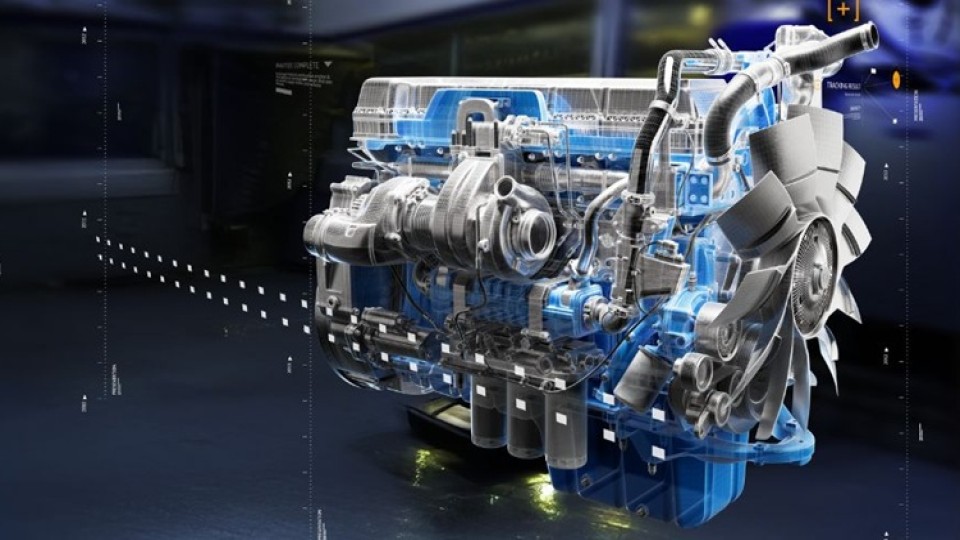Grey hairs from green plans
It sounds beautiful and promising in theory: sailing on hydrogen, methanol, batteries or ammonia. Practice, however, is often more challenging.
The above was evident at the recently held Schuttevaer Scheepsmotoren Event. Unibarge was left with grey hairs from the retrofit to methanol. And the NERA-H2 project to convert a river cruise ship to hydrogen is delayed due to a European subsidy for methanol. And then there is the operational additional cost of HVO and hydrogen.
Alexander Wanders and Mark Tieman of Unibarge make light of the grey hairs on stage in Alblasserdam, but it is clear that they have put a lot of work into it. ‘At one point I thought: technically we are going to make it, but those laws and regulations. I don’t know,’ Tieman said. ‘We were sitting at 29 degrees in a Van der Valk with 20 people working on it,’ Wanders adds. ‘It’s pioneering, because what Unibarge wants doesn’t exist yet.
What Unibarge wants is to convert an existing inland tanker (Chicago, 110 x 11.45 metres) so that it can run on methanol. ‘We could also have opted for new construction, but this way we also take emissions out of the market,’ explains Tieman. On board, one cargo tank is sacrificed to act as a fuel tank. Methanol needs more volume for the same energy compared to conventional gasoil. It costs ‘about six per cent’ of cargo space, Wanders says.
Technically, it was spicy and Arenared played a big role, but in terms of laws and regulations, it was even spicier. ‘Don’t underestimate it,’ Wanders advises the audience.
From hydrogen to methanol
And then when there is a customer, it is not a certainty that things will work out either. This is demonstrated by Lucas van Elsen of the Nera Company. As one of the projects within the Maritime Master Plan, Nera wants to convert a river cruise ship so that it can run on hydrogen. But NERA-H2 will have to sit in the waiting room for a while. Because the river cruise industry partner has other priorities. The shipowner can use European money to run on methanol. Van Elsen: ‘This makes it more attractive for them to go for this interim solution.’
Source: Jelmer Bastiaans in the Schuttevaer (subscribers only).
Image: A hydrogen engine (TNO).


